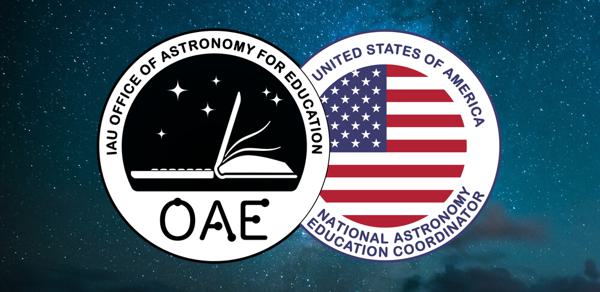Glossary term: 核聚变
Description: 核聚变是轻元素的原子核结合在一起形成重元素原子核的过程。
在宇宙中,核聚变扮演着两个重要角色。第一,它为太阳等恒星的辐射提供能量。当足够轻的原子核发生聚变时,产生的新原子核的总静止质量略小于初始原子核的总静止质量。这种“质量亏损”对应聚变反应所释放的能量,通过爱因斯坦著名的公式E=mc2,可以将质量m、能量E和光速c联系起来。例如,在太阳的内核中,氢核融合在一起形成氦,并以辐射和中微子粒子的形式释放能量。
核聚变的第二个作用是在宇宙中产生比氢和氦更复杂的元素。宇宙大爆炸之后,宇宙中只存在氢、氦和微量的锂核。恒星内核中、超新星爆发过程中的聚变反应以及中子星碰撞引起的爆炸,是宇宙中(基本上)所有其余较重化学元素的来源。按质量计算,构成人体最大部分的化学元素,尤其是氧和碳,都是在恒星核心或超新星爆发过程中通过核聚变形成的,因此有 "我们是星尘 "的说法。
Related Terms:
See this term in other languages
Term and definition status: The original definition of this term in English have been approved by a research astronomer and a teacher The translation of this term and its definition is still awaiting approval
The OAE Multilingual Glossary is a project of the IAU Office of Astronomy for Education (OAE) in collaboration with the IAU Office of Astronomy Outreach (OAO). The terms and definitions were chosen, written and reviewed by a collective effort from the OAE, the OAE Centers and Nodes, the OAE National Astronomy Education Coordinators (NAECs) and other volunteers. You can find a full list of credits here. All glossary terms and their definitions are released under a Creative Commons CC BY-4.0 license and should be credited to "IAU OAE".
If you notice a factual or translation error in this glossary term or definition then please get in touch.








